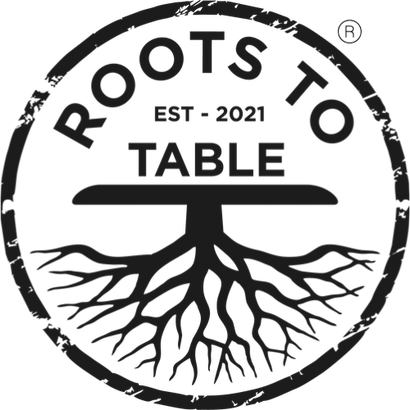Add description, images, menus and links to your mega menu
A column with no settings can be used as a spacer
Link to your collections, sales and even external links
Add up to five columns
Add description, images, menus and links to your mega menu
A column with no settings can be used as a spacer
Link to your collections, sales and even external links
Add up to five columns

Top 5 Reasons to Avoid Plastic Cutting Boards and Switch to Maple
January 18, 2025 2 min read
1. Plastic Fragments Can End Up in Your Food
Every time you use a knife on a plastic cutting board, tiny pieces of plastic are chipped away. These microplastics can mix in with your food and unknowingly be ingested. Over time, consuming microplastics can have potential health consequences, including hormone disruption and inflammation. Even if the cutting board appears intact, the repetitive knife action slowly degrades its surface, making it a hidden hazard.
For more details on the dangers of plastic, check out this study published on PubMed, which highlights the health risks posed by microplastic contamination.

2. Plastic Cutting Boards Harbor Bacteria
Unlike maple, plastic cutting boards are less effective at keeping bacteria at bay. While some claim that plastic is easy to sanitize, studies show that knife grooves in plastic create deep crevices where bacteria can hide and thrive. These grooves are nearly impossible to clean fully, increasing the risk of cross-contamination in your kitchen.
3. Plastic Cutting Boards Contribute to Pollution
Plastic is one of the least sustainable materials on the planet. Once a plastic cutting board becomes worn or damaged, it’s typically discarded and ends up in landfills, where it can take hundreds of years to break down. Over time, these discarded boards contribute to the growing problem of plastic pollution, harming wildlife and ecosystems.
4. Maple Is Naturally Antibacterial
Maple wood, particularly hard maple, is the number-one recommended material for cutting boards by chefs and health experts. Its dense, closed-grain structure helps block moisture and bacteria from penetrating the surface. Unlike plastic, maple cutting boards have natural antibacterial properties, providing a safer and cleaner option for food preparation.

5. Maple Is Environmentally Friendly and Durable
When properly cared for, maple cutting boards last for decades, making them a sustainable choice that reduces waste. Maple is also a renewable resource, especially when harvested responsibly. At Roots To Table, we take sustainability seriously by planting trees to replenish what we use, ensuring the environment is protected for future generations.
Make the Switch to Maple Today
Investing in a high-quality maple cutting board is not just a smart decision for your kitchen—it’s a healthier choice for your family and a more sustainable option for the planet. At Roots To Table, we offer a stunning collection of artisan cutting boards crafted to combine functionality, beauty, and eco-friendly practices.
If you're ready to elevate your culinary experience and say goodbye to the dangers of plastic, check out our collection today. Trust us—your food, your health, and the planet will thank you.

